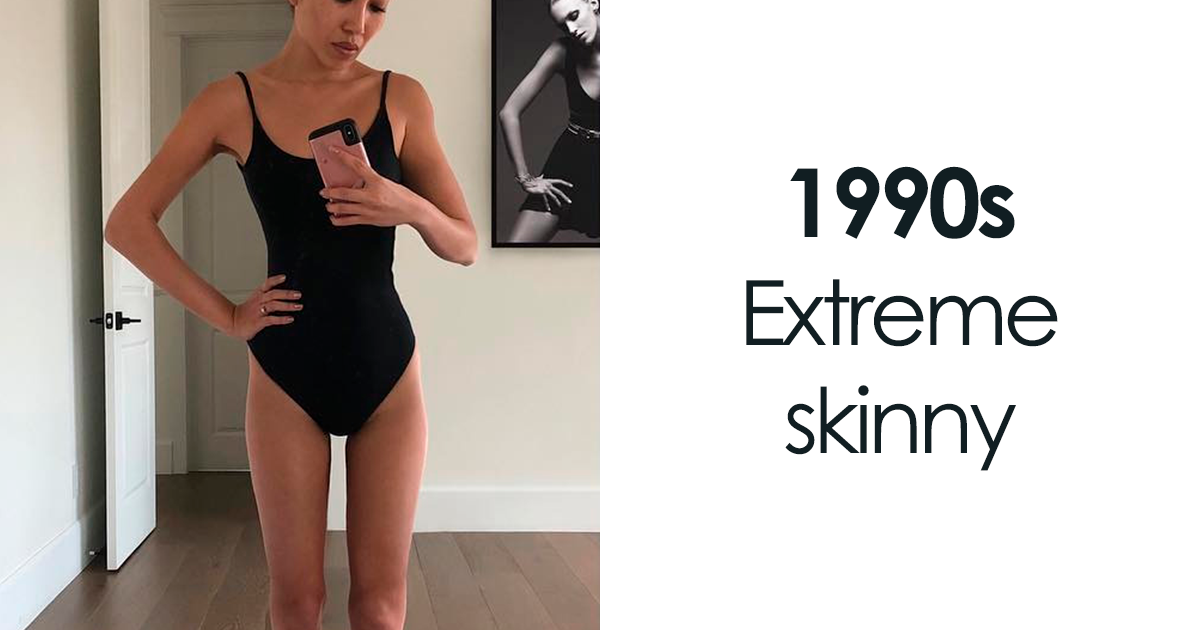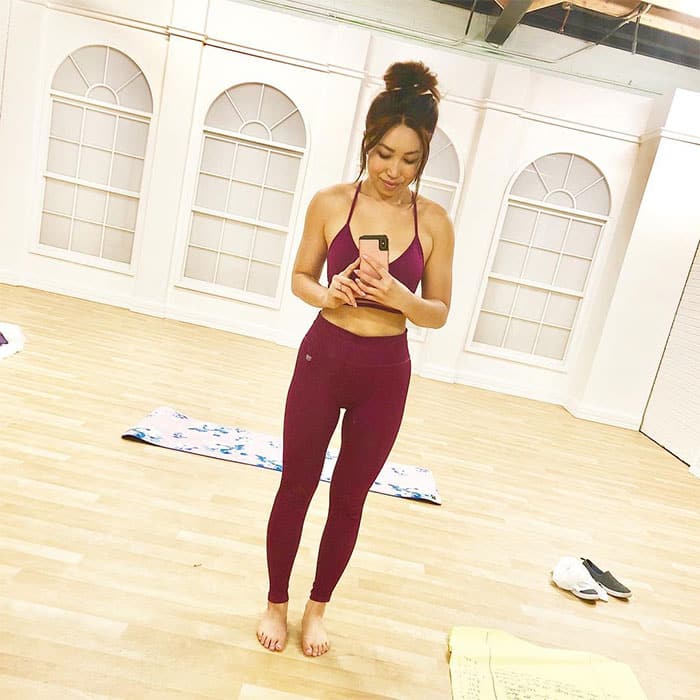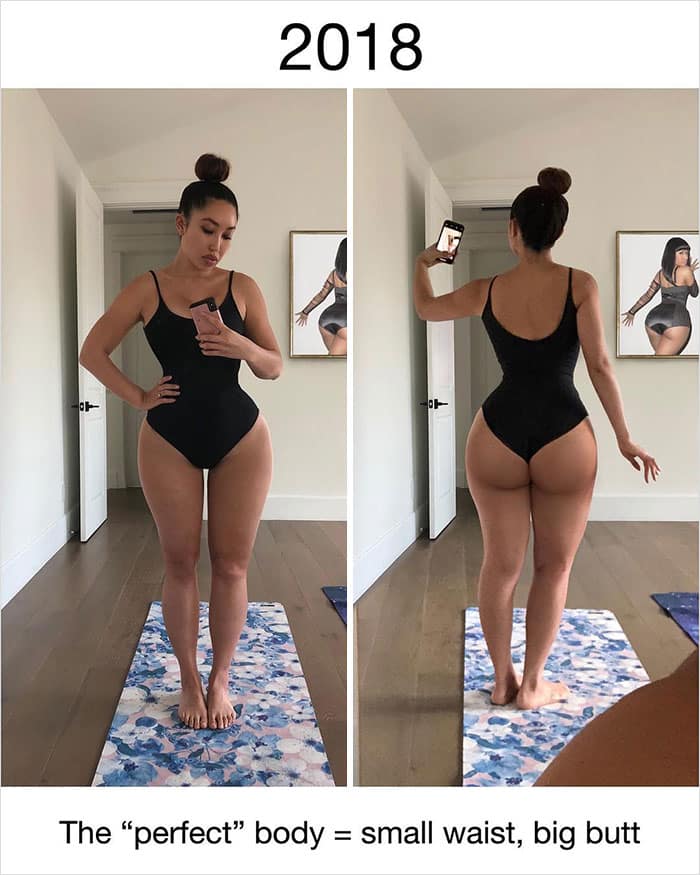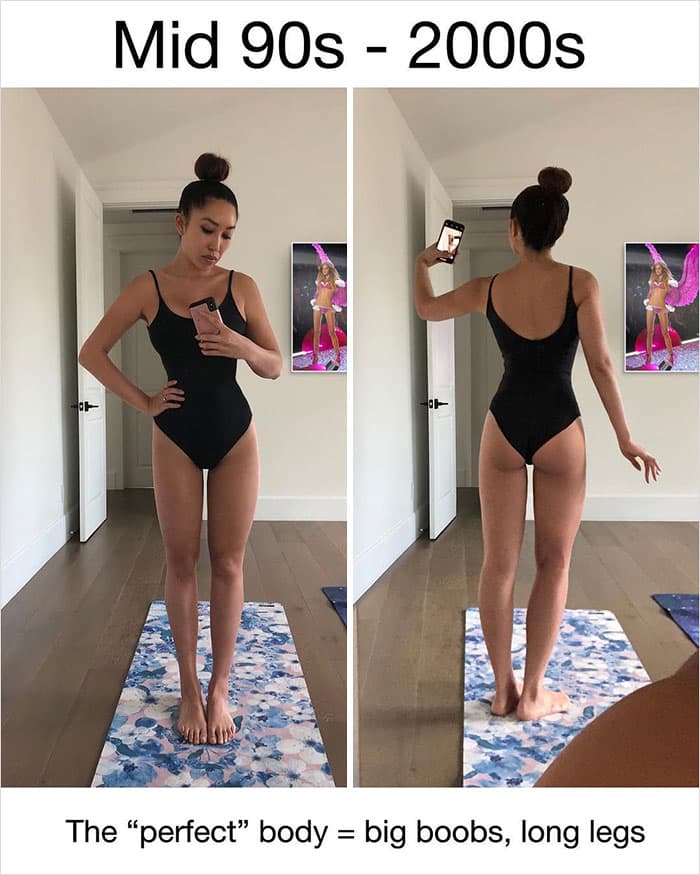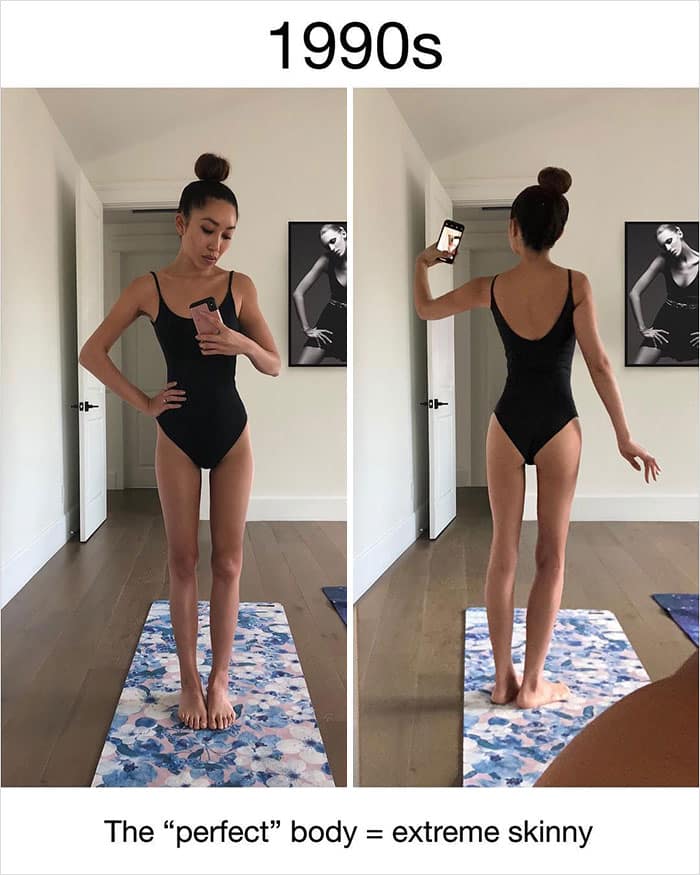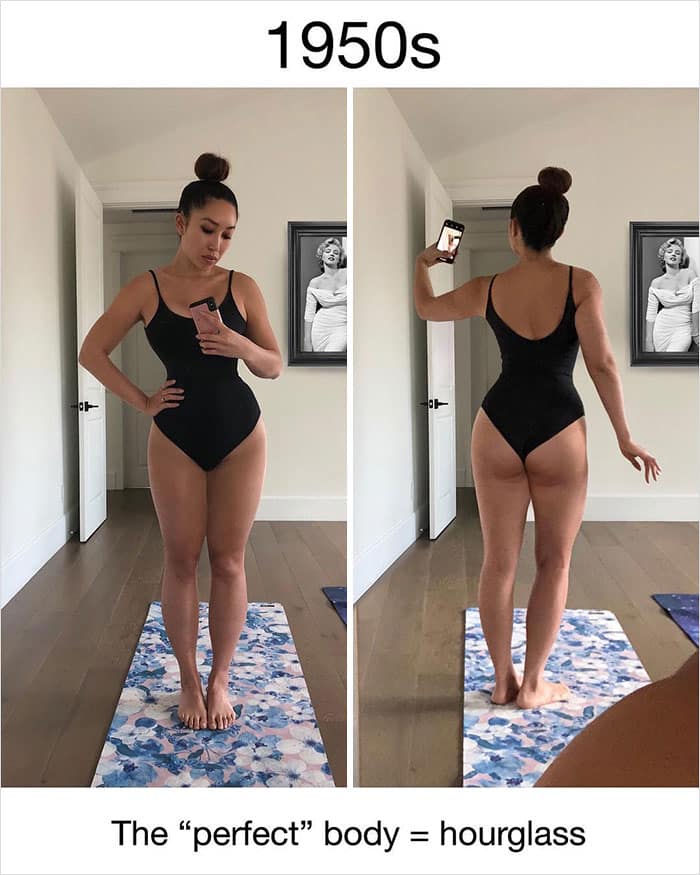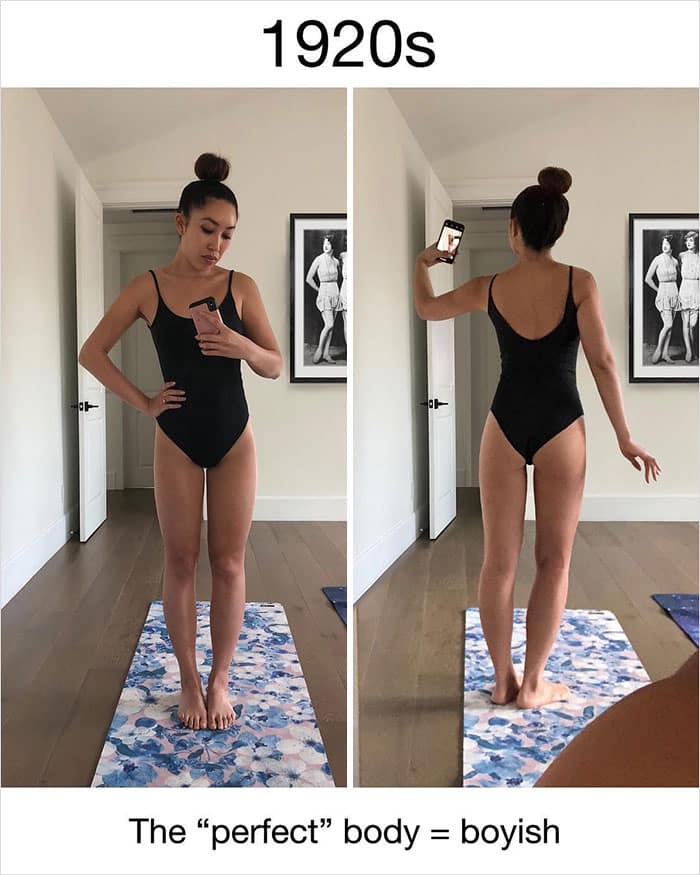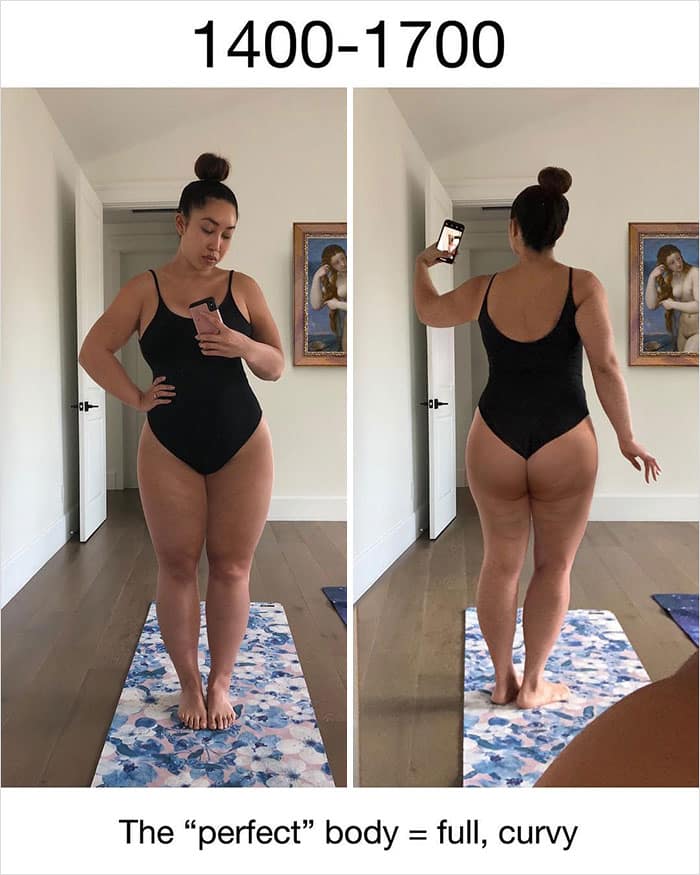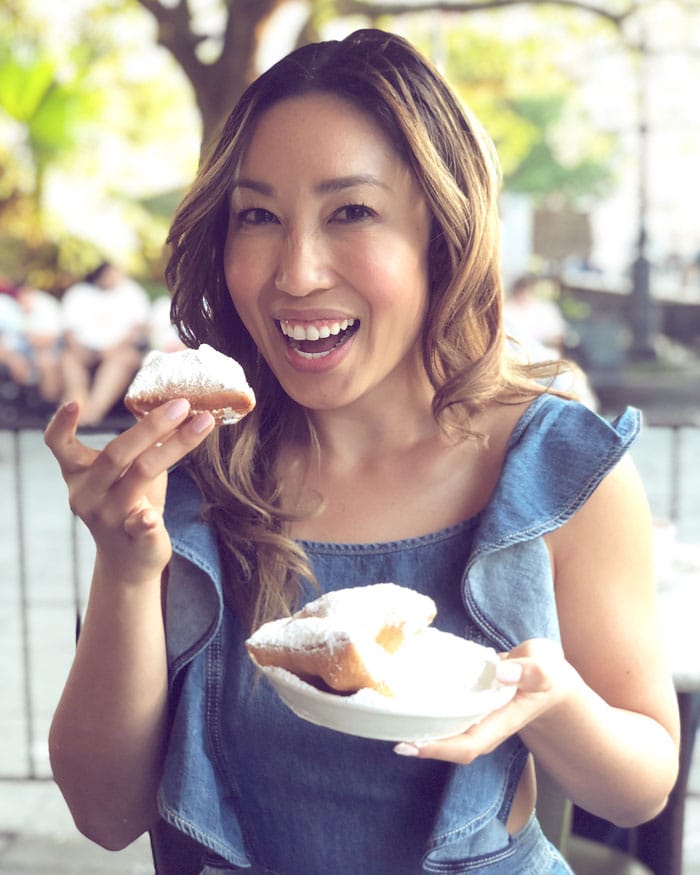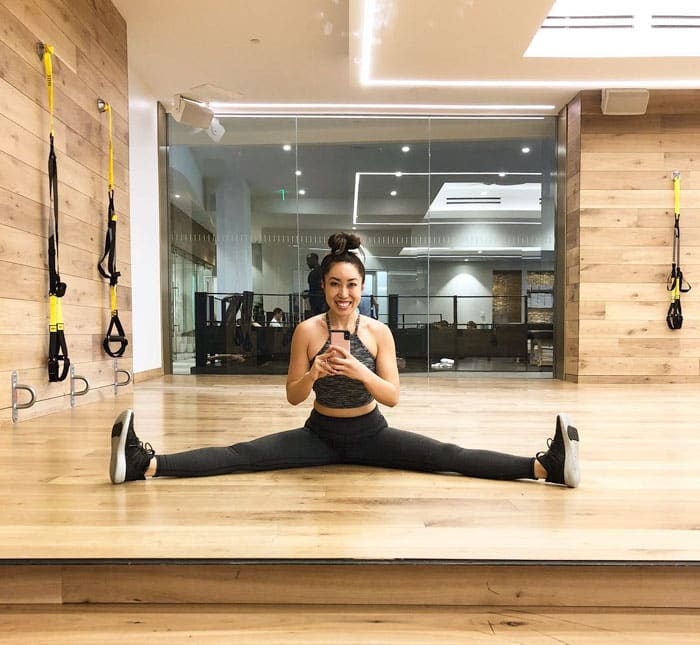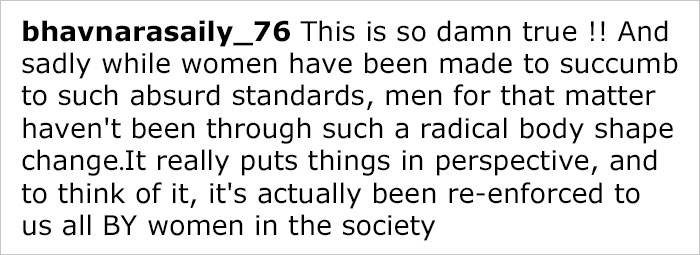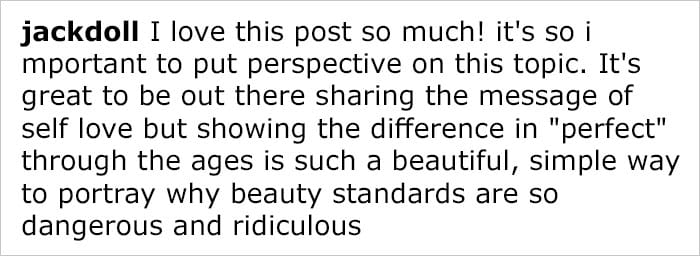“Beauty is in the eye of the beholder.” Or so they say. But is it really? We are all affected by the zeitgeist, whether we like it or not, and the beauty standards of our time definitely affect what we think is attractive.
Cassey Ho, a fitness blogger, has noticed that the “ideal” body type for women seems to be changing more and more quickly. As with fast fashion, where trends come and go in the blink of an eye to keep you buying, these quick changes in what is considered the perfect body are making women feel confused, tired, and always not good enough. So you worked hard to get that gap between your thighs and that bikini bridge? Too late, now you need a curvy body with a big butt and a small waist. Cassey chose to show how beauty standards and body shapes have changed over time to prove her point.
Cassey Ho is a fitness trainer who has decided to show how beauty standards are changing.
“If I had the “perfect” body throughout history, this is what I’d look like:”
Mid 2010s-2018 – Big butts, wide hips, tiny waists, and full lips are in! There is a huge surge in plastic surgery for butt implants thanks to Instagram models posting belfies.
Even plastic surgeons who change the way women look have become well-known on Instagram. Between 2012 and 2014, butt implants
Mid 90s-2000s – Big boobs, flat stomachs, and thighs gaps are in. In 2010, breast augmentation is the highest performed cosmetic surgery in the United States. It’s the age of Victoria’s Secret Angel. She’s tall, sports an athletic body type, and she’s always got long legs and a full chest.
Early 90s – THIN IS IN. Having angular bone structure, looking emaciated, and super skinny is what’s dominating the runways and the magazine covers. There’s even a name for it: “heroin chic”.
1950s – The hourglass shape is in. Elizabeth Taylor‘s 36-21-36 measurements are ideal. Marilyn Monroe’s soft voluptuousness is lusted after. Women are advertised weight gaining pills to fill themselves out. Playboy magazine and Barbie are created in this decade.
1920s – Appearing boyish, androgynous and youthful, with minimal breasts, and a straight figure is in! Unlike the “Gibson Girl” of the Victorian Era, women are choosing to hide their curves, and are doing so by binding their chests with strips of cloth to create that slender body type suitable for flapper dresses.
1400-1700 The Italian Renaissance – Looking full with a rounded stomach, large hips, and an ample bosom is in. Being well fed is a sign of wealth and status. Only the poor are thin.
“Why do we treat our bodies like we treat fashion? “Boobs are out! Butts are in!” Well, the reality is, manufacturing our bodies is a lot more dangerous than manufacturing clothes.”
“Stop throwing your body out like it’s fast fashion. Please treat your body with love & respect and do not succumb to the beauty standard. Embrace your body because it is YOUR own perfect body.”


